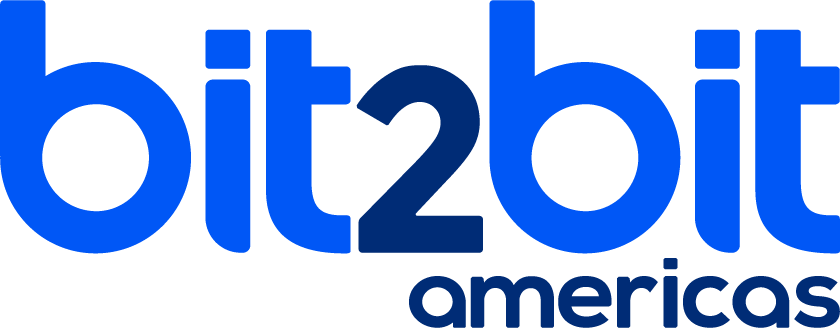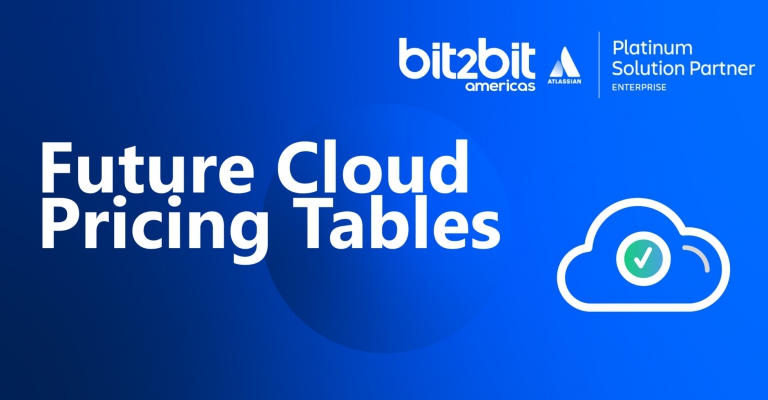This combination resulted in the improvement of our client’s management monitoring and control processes. See the success story below:
Initial situation
The Holding of Payments nativa used an unfriendly Open Source tool and spreadsheets as technological support for its management, after-sales, commercial attention, change management and software development processes demands, which were limited and incomplete for the development of these tasks. As a result, the work teams carried out manual activities, deficiency in the integration between processes, difficulty in generating indicators, etc. The end users of these processes were both external clients and collaborators, so the opportunity for improvement was significant.
Desired situation
To have a centralized technological platform to integrate and support all the previously mentioned processes, through SLAs for the start-to-end monitoring of each process.
Solution
The previously mentioned processes were implemented in an integrated manner and the creation of tickets and generation of SLAs was automated. For this, the bit2bit Americas methodology for process implementation was applied using the Jira Service Desk, Jira Software, Confluence, Tempo products, Insight Asset Management, Issue Matrix and CuPo. The joint work of nativa and bit2bit Americas allowed the solution to be successful.
Testimonial
“For nativa, the implementation of Jira has meant a before and after when it comes to monitoring and management control. It has been possible to give visibility to the demand, monitoring and control is now easier. And part of this achievement is thanks to the support and advice we have had from bit2bit as an ally in the implementation of a solution adapted to our needs. “
Yolimar Chavez, Demand Manager




